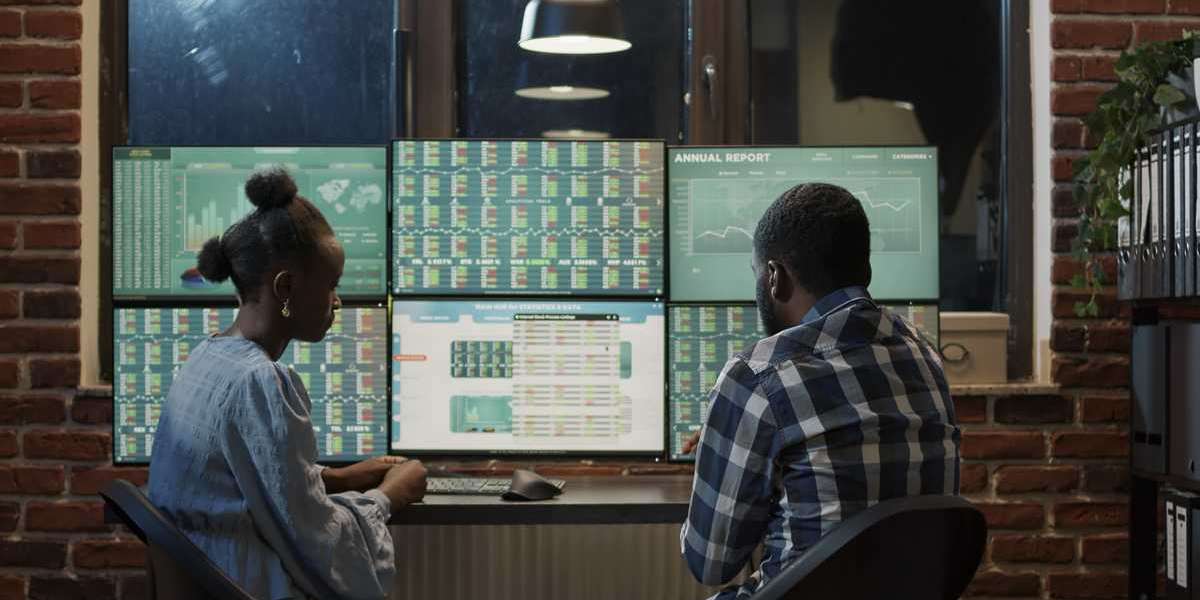Monorail systems have emerged as a viable solution for urban transportation, offering a unique alternative to traditional rail and road networks. With their elevated tracks and streamlined design, monorails are gaining popularity in cities worldwide as an efficient and sustainable mode of transport. This article examines the advantages, challenges, and future prospects of monorail systems in urban environments.
What are Monorail Systems?
Monorail systems consist of a railway track consisting of a single rail, typically elevated above ground level. Trains run on this rail, often supported by beams or columns, allowing for minimal land use and reduced disruption to existing infrastructure.
Benefits of Monorail Systems
1. Space Efficiency
Monorails require less space compared to traditional rail systems, making them ideal for densely populated urban areas. Their elevated design minimizes land acquisition and reduces the impact on road traffic.
2. Reduced Environmental Impact
Monorails produce lower emissions than cars and buses, contributing to cleaner air in urban environments. Many modern systems are electric, further reducing their carbon footprint.
3. Cost-Effective Construction
Building a monorail system can be more cost-effective than traditional rail systems, especially in areas with challenging terrain. The simpler infrastructure and reduced need for extensive tunneling or grading can lead to lower construction costs.
4. Faster Transit Times
Monorails can offer faster transit times due to their dedicated tracks, which are not subject to road congestion. This can lead to improved travel times for commuters and tourists alike.
5. Safety and Reliability
Monorails are generally considered safe, with a lower risk of collisions since they operate on dedicated tracks. Their elevated design also reduces the risk of accidents involving pedestrians and vehicles.
Challenges Facing Monorail Systems
1. High Initial Investment
While construction costs can be lower, the initial investment for developing a monorail system can still be significant. Securing funding and political support can pose challenges for new projects.
2. Limited Capacity
Monorail systems may have limited capacity compared to traditional rail systems, which can affect their ability to handle high passenger volumes during peak times. This necessitates careful planning and design to ensure efficiency.
3. Public Perception
Public acceptance of monorails can vary, with some communities favoring traditional transportation methods. Overcoming skepticism and demonstrating the benefits of monorail systems is crucial for successful implementation.
4. Maintenance and Operations
Monorail systems require ongoing maintenance to ensure safety and reliability. The unique design and technology may necessitate specialized training for maintenance personnel.
Case Studies of Successful Monorail Systems
1. Tokyo Monorail (Japan)
The Tokyo Monorail is one of the most successful monorail systems in the world, connecting Haneda Airport to central Tokyo. It has become an integral part of the city's transportation network, serving millions of passengers annually.
2. Seattle Center Monorail (USA)
The Seattle Center Monorail, built for the 1962 World’s Fair, connects downtown Seattle to the Seattle Center. It has become a popular attraction and an essential transit option for residents and visitors.
3. Wuppertal Suspension Railway (Germany)
Though technically a suspension railway, the Wuppertal system operates similarly to a monorail, with trains suspended above ground. It has been in operation since 1901 and remains a vital part of the city's transport infrastructure.
Future Prospects of Monorail Systems
1. Integration with Smart City Initiatives
As cities move towards smart transportation solutions, monorail systems can be integrated with other modes of transport, such as buses and trams, to create efficient multimodal networks.
2. Technological Advancements
Innovations in monorail technology, including automated systems and energy-efficient designs, will enhance the performance and sustainability of future projects.
3. Expansion in Developing Cities
Many developing cities are exploring monorail systems as a solution to urban congestion and pollution. These systems can provide rapid transit options without the extensive infrastructure required by traditional rail.
4. Public-Private Partnerships
Collaborations between governments and private companies can facilitate investment in monorail systems, enabling more projects to move forward and enhancing urban mobility.
Monorail systems offer a promising solution for urban transportation, combining efficiency, sustainability, and space-saving design. While challenges remain, the benefits of monorails make them an attractive option for cities looking to improve their public transport networks. As technological advancements continue and urban populations grow, monorail systems are likely to play a significant role in shaping the future of urban mobility, contributing to cleaner, more efficient, and accessible transportation solutions.






